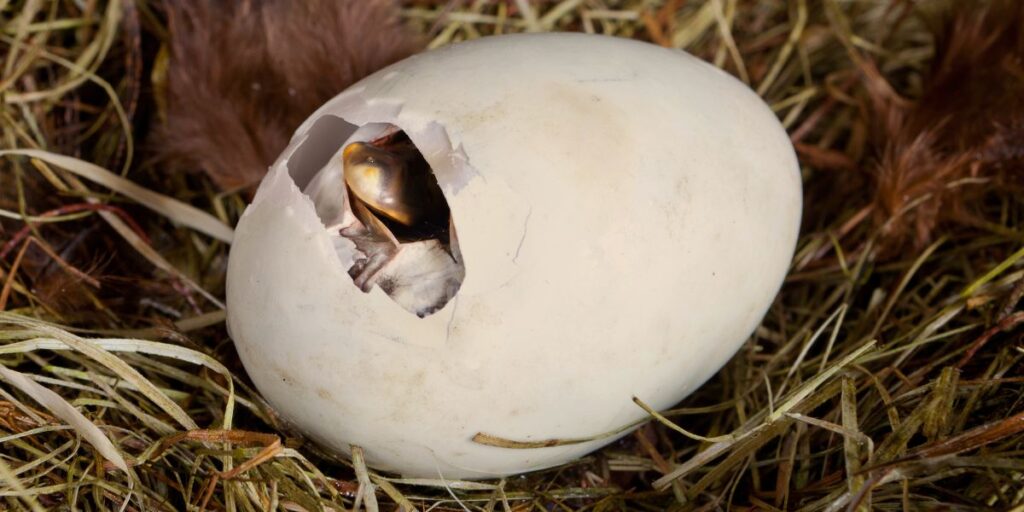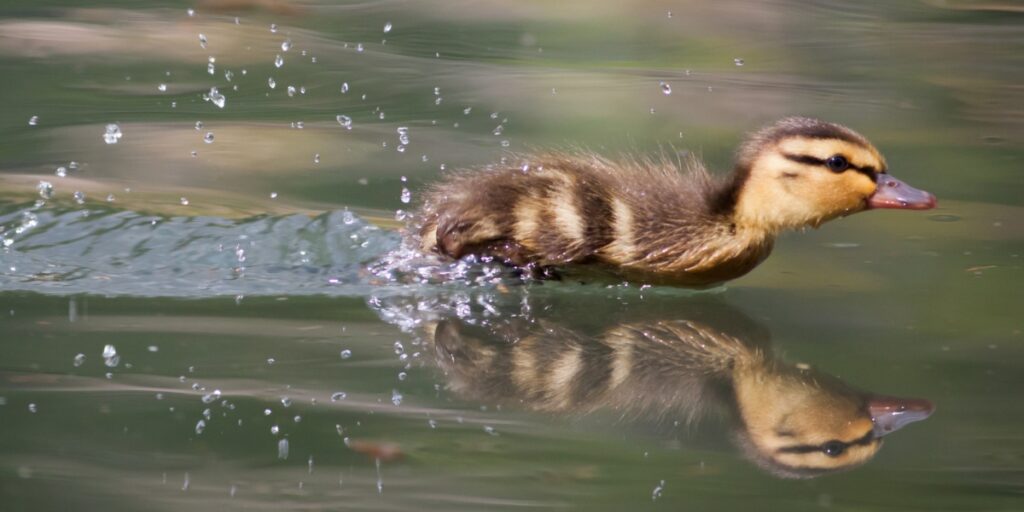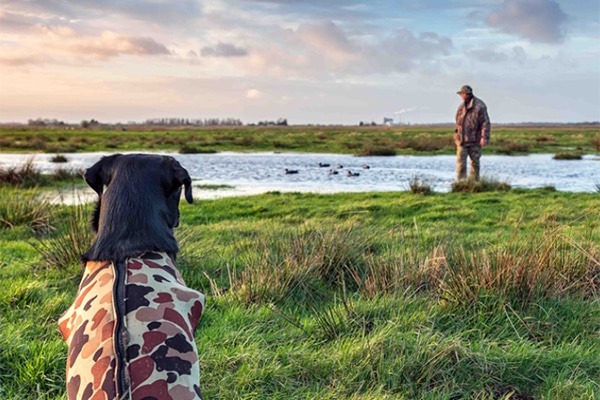
A tribute to mallard conservation
Mike Montgomery meets this year’s BASC Wildlife Fund stamp artist Peter Partington.
Get information on the legal shooting season for mammals and birds in the UK.
Apply for funding for your project or make a donation today
Comprehensive information and advice from our specialist firearms team.
Everything you need to know about shotgun, rifle and airgun ammunition.
Find our up-to-date information, advice and links to government resources.
Everything you need to know on firearms law and licensing.
All the latest news and advice on general licences and how they affect you.

Have you ever watched a brood of ducklings disappear one by one and wondered what happened? PhD student Hannah Coburn explains…
Despite being the UK’s most common duck, we still know surprisingly little about how many mallard ducklings survive to adulthood. And that’s where you come in. DucklingWatch is a new citizen science project led by by me, Hannah Coburn. The project forms part of my PhD at the University of Essex.
I have a BSc in ecology from the University of Edinburgh and a range of ornithological experience. My PhD research, the focus of which is to gather UK-wide data on duckling survival and better understand what happens after eggs hatch, is partially funded by BASC.
If you’re already monitoring nest tubes and submitting observations to BASC, this is the perfect next step. We know ducks using BASC-supported nest tubes show high nest success, but what happens after those clutches hatch? We have very little data on how many ducklings survive those critical early weeks.
The UK’s breeding population has declined by eight per cent in the past decade, with no clear cause. Research in other European countries experiencing similar trends suggests that low duckling survival is likely a key factor.
To ensure sustainable shooting, we need solid data across all stages of a species’ life cycle. This helps us understand which stages are limiting population growth. For mallards, information on early life, particularly duckling survival, is especially lacking.
Understanding this stage is essential for effective wildfowl management. As stewards of the UK’s foreshores and countryside, your observations can make a real difference and help ensure mallard populations remain strong for future generations.
It’s quick and easy to take part. For each brood, just record:
Submit your sightings here or email them to the University of Essex.
Sightings of the same brood over several days are especially useful, but even one-off records help build the bigger picture.

Without your eyes on the ground, this kind of research isn’t possible. Every brood you report helps fill a vital knowledge gap in what drives changes in the mallard population. By taking part in this project, you will be contributing directly to evidence-based conservation and sustainable wildfowl management.

Mike Montgomery meets this year’s BASC Wildlife Fund stamp artist Peter Partington.

Read our autumn update on BASC conservation projects, including how you can get involved.

Whip out your notebook and start recording your duck nest tube findings to win a great piece of kit.